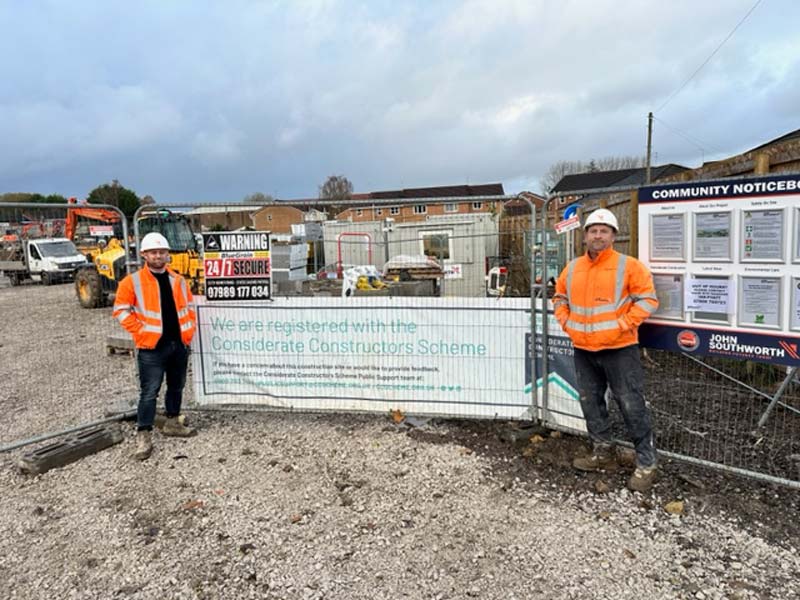By Jacqueline Brown, Business Director at John Southworth
As we approach International Women’s Day, it’s time to shine a light on an industry that has long been dominated by men: construction. Despite making up nearly half (47.6%) of the UK workforce, women represent only 15% of those working in construction. And when you drill down to site-based roles, that number plummets to around 1%.
For years, construction has been seen as a “man’s world,” with cultural, structural, and social barriers making it difficult for women to enter and thrive in this sector. It’s time for that to change.
The Obstacles Women Face in Construction
One of the biggest challenges women face in construction is visibility. A staggering 38% of women in the industry have never worked under a female manager, and just 9.2% of the highest-paid roles are occupied by women. This lack of representation discourages many from pursuing careers in the field, creating a cycle that reinforces gender imbalance.
Another critical issue is the gender pay gap. Women in construction are significantly overrepresented in the lowest-paid quartile of jobs, making it harder for them to climb the career ladder and achieve financial parity with their male counterparts.
Workplace culture also plays a major role.
Outdated perceptions about physical strength and capabilities persist, and women often find themselves battling biases that undermine their expertise. Additionally, rigid working hours and a lack of flexible work arrangements make it difficult for women—particularly those with family responsibilities—to balance career progression with personal commitments. In fact, 20% of women in the industry say they wouldn’t be able to return to a senior role after maternity leave.
The Opportunities for Women in Construction
But it’s not all bad news. The industry is currently facing a major skills shortage, with 1.3 million new workers needed over the next decade to meet demand. This presents a golden opportunity to attract and retain female talent.
At John Southworth, we’re seeing firsthand how women are thriving in construction roles—from project management to engineering and skilled trades. More and more companies are investing in initiatives to support gender diversity, such as mentorship programs, inclusive recruitment strategies, and flexible working policies.
In Greater Manchester, where our business is based, we are lucky to have a growing network of organisations championing women in construction. Training programmes, apprenticeships, and networking groups are helping to open doors for women who might not have previously considered a career in this field.
A Call to Action
As a woman in construction, I know firsthand the challenges—and the rewards—this industry offers. Breaking barriers isn’t just about fairness; it’s about ensuring the future of the construction sector. We need to encourage young girls to see construction as a viable career path, provide mentorship opportunities, and push for policies that support women at every stage of their careers.
This International Women’s Day let’s not just talk about change—let’s make it happen. If you’re in a leadership position, ask yourself: What are you doing to make your workplace more inclusive? If you’re a woman considering construction, take that leap—you belong here.
The future of construction is diverse, and women must be a central part of it. Let’s break the barriers together.


